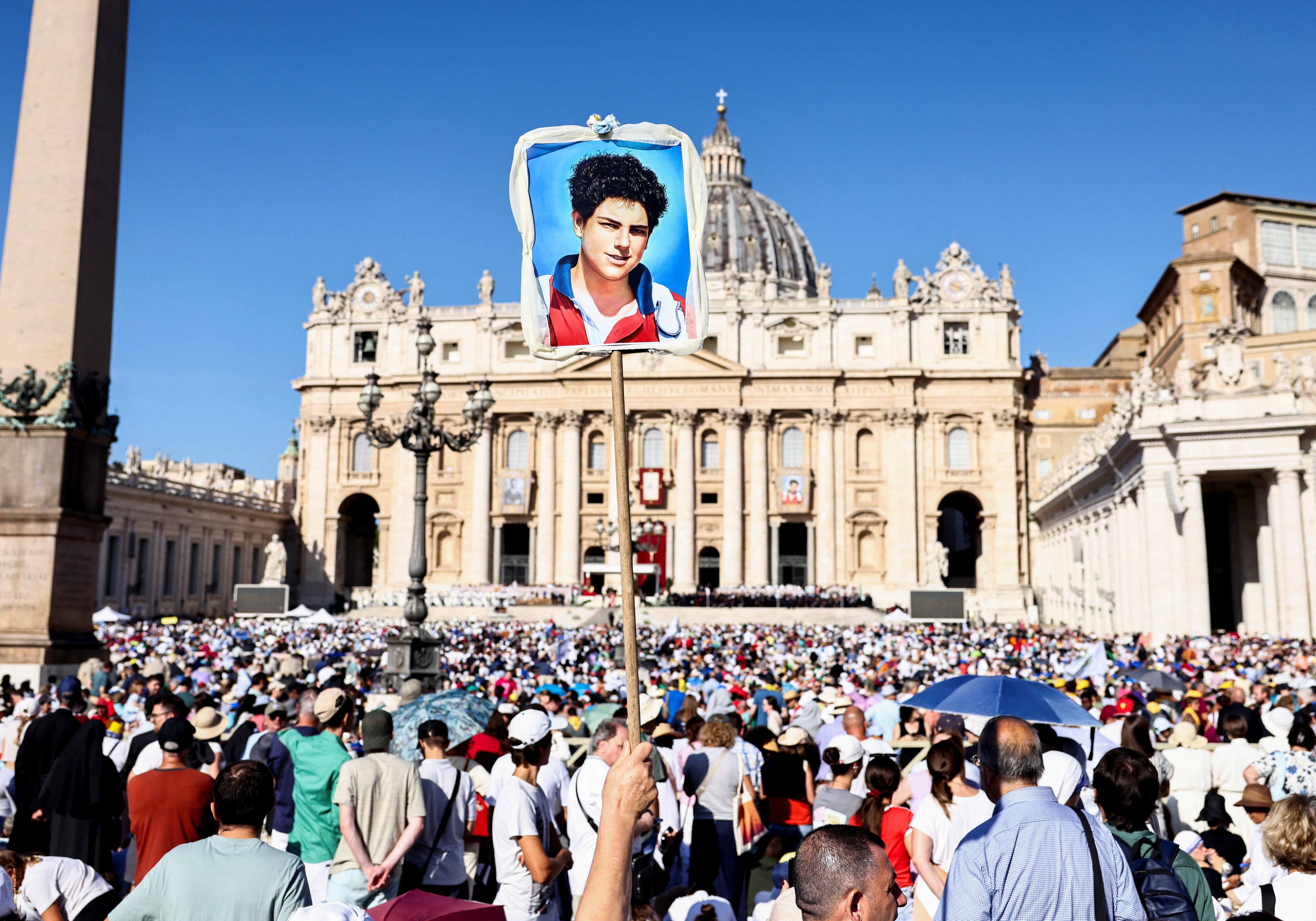April 6, 2018 at 1:53 p.m.
WORD OF FAITH
Multiple-answer test
Those who learned to reflect on the implications of their faith from catechisms will have a hard time understanding Sunday’s Gospel (Mt 13: 24-43).
Because of their analytical perspective, the authors of catechisms don’t look at faith the same way that the authors of Scripture look at it. Catechisms present belief as a series of questions and answers, giving an impression that it can be experienced on the level of “either/or.” We hear the question, give our answer and wait to find out if we’re either right or wrong.
That’s not how the sacred authors do it. Instead of analyzing, they synthesize. Instead of tearing apart, they combine. Instead of experiencing faith on the level of “either/or.” they experience it as “both/and.” They almost always give several different but correct answers to the same question.
Many answers
That’s exactly what Jesus does in Matthew. He’s dealing with a single question: What is the kingdom of heaven like? But He gives multiple answers.
First of all, “kingdom of heaven” (or the “reign of God”) doesn’t refer to the place we go after we die. It’s the term Jesus and the people around Him employed to describe God working in their everyday lives. Even those who didn’t believe in an afterlife believed that God was somehow present as they went about their daily routines.
Jesus and those who followed Him were convinced not only that God was present, but also that God was working in their lives for good. Yet they never could find just one perfect way to express that belief. Notice how many different answers Jesus gives in these few verses:
• First, it “may be likened to someone who sowed good seed in his field. While everyone was asleep, his enemy came and sowed weeds all through the wheat.” The result: You’ve got good and bad intertwined. Only at harvest will they be separated.
• Second, it’s “like a mustard seed a person took and sowed in a field.” Though small, it grows into a bush large enough to hold perching birds.
• Third, it’s “like yeast that a woman took and mixed with three measures of wheat flour until the whole batch was leavened.” It permeates and changes every element in which you find it.
We who analyze are waiting to find out which one of the three parables is correct and which two are wrong. Those who synthesize are waiting to find out how many more parables Jesus can employ to describe the same reality.
God’s life
The authors of Scripture looked at their faith as an element which took them beyond the either/or’s of life. It permitted them to step into God’s life, an experience which can never be simply described or explained. Even after one tries to describe or explain it, there’s always another description or explanation lurking around the corner, just as correct and valid as the first one.
That’s why the author of Wisdom uses so many contrasting concepts to convey God’s personality (Wis 12: 13, 16-19). Yahweh condemns, yet is the “source of justices;” is master of all, yet is “lenient to all;” is mighty, yet “judges with clemency.”
That’s also why Paul reminds his friends in Rome that they need the Holy Spirit in their lives (Rom 8: 26-27). Only the Spirit can help them reach that level of their existence in which God is most at work. Without the Spirit, we wouldn’t even know how or for what to pray, and certainly wouldn’t be able to discover God’s will for us.
Though many of us Catholics would pay closer attention and feel more secure if the Sunday readings came from a catechism instead of the Bible, we’ll never come near to reaching the depth of faith which Jesus and our other ancestors in the faith reached by just giving set answers to set questions.
(07-18-02) [[In-content Ad]]
SOCIAL MEDIA
OSV NEWS
- Holiness is forged in revolution
- Funeral Mass for British duchess dubbed historic with presence of king, top royals
- Relentless effort, quick action are not always the answer, pope says
- Palestinians are living in ‘unacceptable’ conditions, pope says
- All people must work together for peace, pope tells interfaith forum
- Full text: Pope Leo XIV’s Sept. 17, 2025 general audience
- Over 60 people killed in Ntoyo, Congo, by Islamic State group supporters
- New Maciel documentary a ‘cathartic’ experience, Legionaries head says
- Trump administration officials suggest they will target ‘left-wing extremism’ after Kirk killing
- Church’s youngest cardinal: Amid division, be close to people and pray for conversion







Comments:
You must login to comment.